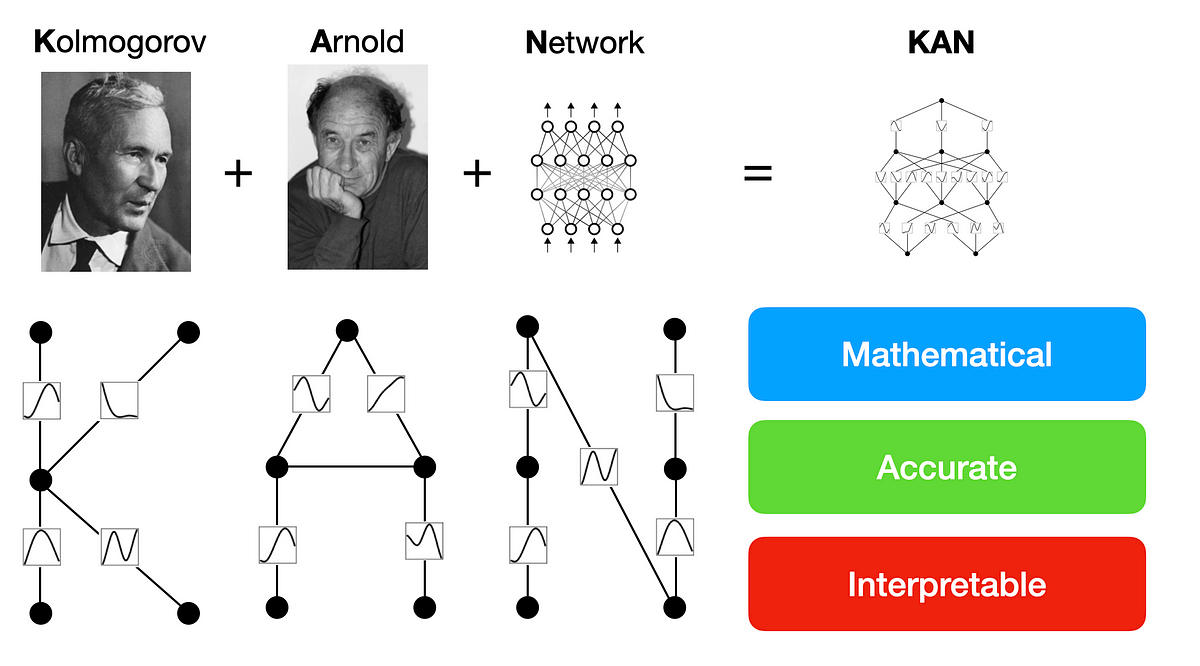Generative models have emerged as transformative tools across various domains, including computer vision and natural language processing, by learning data distributions and generating samples from them. Among these models, Diffusion Models (DMs) have garnered attention for their ability to produce high-quality images. Latent Diffusion Models (LDMs) stand out for their rapid generation capabilities and reduced computational cost. However, deploying LDMs on resource-limited devices remains challenging due to significant compute requirements, particularly from the Unet component.
Researchers have explored various compression techniques for LDMs to address this challenge, aiming to reduce computational overhead while maintaining performance. These strategies include quantization, low-rank filter decomposition, token merging, and pruning. Pruning, traditionally used for compressing convolutional networks, has been adapted to DMs through methods like Diff-Pruning, which identifies non-contributory diffusion steps and important weights to reduce computational complexity.
While pruning offers promise for LDM compression, its adaptability and effectiveness across various tasks still need to be improved. Moreover, evaluating pruning’s impact on generative models presents challenges due to the complexity and resource-intensive nature of performance metrics like Frechet Inception Distance (FID). In response, the researchers from Nota AI propose a novel task-agnostic metric for measuring the importance of individual operators in LDMs, leveraging the latent space during the pruning process.
Their proposed approach ensures independence from output types and enhances computational efficiency by operating in the latent space, where data is compact. This allows for seamless adaptation to different tasks without requiring task-specific adjustments. The method effectively identifies and removes components with minimal contribution to the output, resulting in compressed models with faster inference speeds and fewer parameters.
Their study introduces a comprehensive metric for comparing LDM latent and formulates a task-agnostic algorithm for compressing LDMs through architectural pruning. Experimental results across various tasks demonstrate the versatility and effectiveness of the proposed approach, promising wider applicability of LDMs in resource-constrained environments.
Furthermore, their proposed approach offers a nuanced understanding of the latent representations of LDMs through the novel metric, which is grounded in rigorous experimental evaluations and logical reasoning. By thoroughly assessing each element of the metric’s design, the researchers ensure its effectiveness in accurately and sensitively comparing LDM latent. This level of granularity enhances the interpretability of the pruning process and enables precise identification of components for removal while preserving output quality.
In addition to its technical contributions, their study showcases the proposed method’s practical applicability across three distinct tasks: text-to-image (T2I) generation, Unconditional Image Generation (UIG), and Unconditional Audio Generation (UAG). The successful execution of these experiments underscores the approach’s versatility and potential impact in diverse real-world scenarios. Their research validates the proposed method by demonstrating its effectiveness across multiple tasks. It opens avenues for its adoption in various applications, further advancing the field of generative modeling and compression techniques.
Check out the Paper. All credit for this research goes to the researchers of this project. Also, don’t forget to follow us on Twitter. Join our Telegram Channel, Discord Channel, and LinkedIn Group.
If you like our work, you will love our newsletter..
Don’t Forget to join our 40k+ ML SubReddit
Arshad is an intern at MarktechPost. He is currently pursuing his Int. MSc Physics from the Indian Institute of Technology Kharagpur. Understanding things to the fundamental level leads to new discoveries which lead to advancement in technology. He is passionate about understanding the nature fundamentally with the help of tools like mathematical models, ML models and AI.


